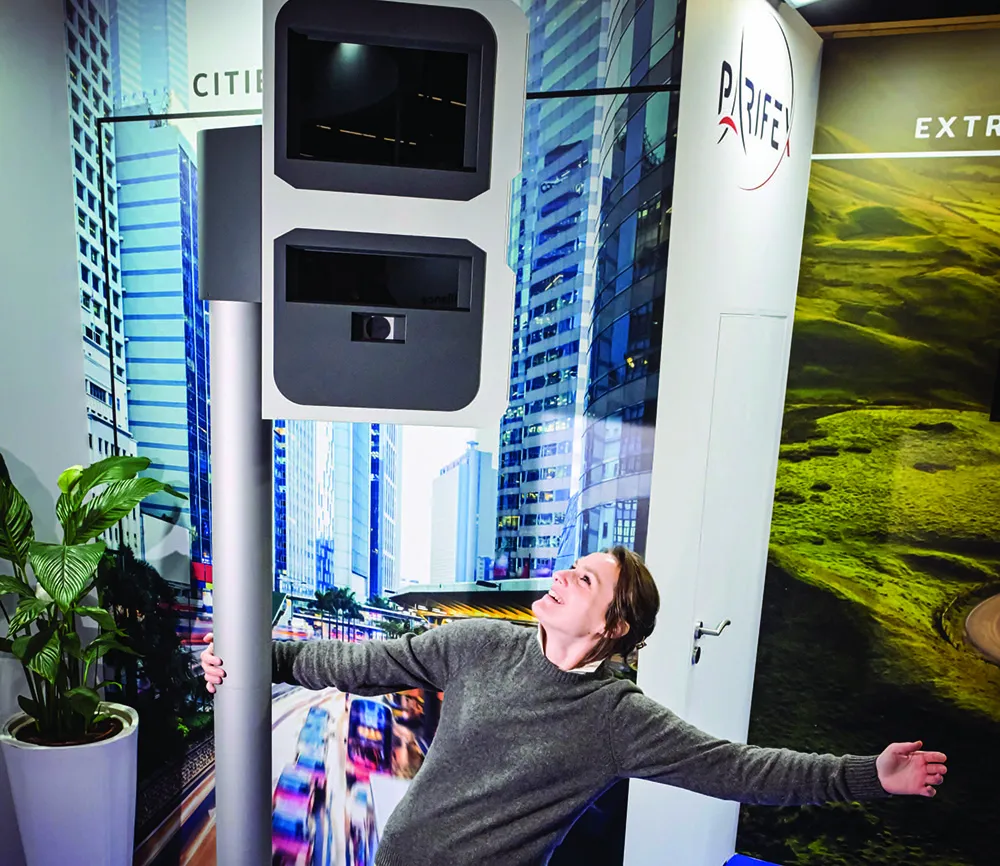Three drivers with more than 40 points on their driving licences are still allowed on the road, according to a Freedom of Information request to the DVLA by the Institute of Advanced Motorists (IAM). The enquiry also found that 13 people in Britain currently have 28 or more points on their driving licence, the worst of those amassing 51 points.
In addition, the numbers of drivers with 12 or more points has gone up by nine per cent in just seven months between March and October 2015 – from 6,884 to 7,517.
January 12, 2016
Read time: 4 mins
Three drivers with more than 40 points on their driving licences are still allowed on the road, according to a Freedom of Information request to the DVLA by the 6187 Institute of Advanced Motorists (IAM). The enquiry also found that 13 people in Britain currently have 28 or more points on their driving licence, the worst of those amassing 51 points.
In addition, the numbers of drivers with 12 or more points has gone up by nine per cent in just seven months between March and October 2015 – from 6,884 to 7,517.
While the DVLA does not hold details as to whether all of those individuals were still on the road, it did state that individual courts have the powers to choose not to disqualify a driver.
In its reply to the IAM’s request, the DVLA said: “In a small percentage of cases where the driver has accumulated 12 or more penalty points, the agency understands that a court can exercise its discretion and not disqualify the driver.
“In the majority of these cases, magistrates may have decided to allow drivers to retain their entitlement to drive where it is considered that disqualification would cause exceptional hardship,” it added.
Ruth Purdie,650 TISPOL general secretary, commented “The mechanisms are in place to deal with these high-end offenders, but it is frustrating that dwindling numbers of roads policing officers often make this very difficult.
“We also urge magistrates to think about the safety message they are sending when they cave in to pleas of ‘exceptional hardship’ and choose not to impose a six-month ban on a driver who has accumulated 12 penalty points.
“Using our roads is not an automatic right for an individual, and must always come with responsibilities. With effective enforcement and consistent, tough sentencing for the worst offenders, we would see a worthwhile deterrent in place and a safer road environment for everyone.”
Separately the IAM has looked into the ‘top five’ and has discovered: the 51 points holder (Oxford) is a provisional licence holder, has committed three speeding offences in 30mph zone and seven offences of not providing driver details. The driver has not been disqualified from driving.
The 42 points holder, from (Basildon has committed seven offences, all of which were for failing to report driver details and previously held points for speeding including one at 109mph. Not disqualified from driving as magistrates accepted mitigating circumstances including ‘extreme hardship’ through loss of income. The 42 points holder, from Liverpool, currently has seven counts on record, including two of speeding in 30mph areas and five of not reporting driver of vehicle but has not been disqualified. The holder of 39 points (Wigan) has 13 counts of exceeding the speed limit for a goods vehicle. It is not known if this driver has been disqualified. The 38 points holder (Burnley) has ten counts of speeding in 30mph areas but has not been disqualified.
DVLA data shows that of the 45 million driving licence holders in Britain, three million have points on their licence. Some 100,000 have been disqualified over the past four years for reaching 12 points and four per cent got all their points in one go.
The DVLA also says their evidence suggests 90 per cent of drivers not disqualified are due to ‘judicial discretion’.
Sarah Sillars, IAM chief executive officer, said: “The IAM has been highlighting this issue for several years now and we appreciate that the flow of information between the DVLA and the courts is slowly improving, which will allow the courts to make better decisions while armed with the full facts.
“However these improvements cannot come quickly enough to deliver a truly joined-up approach to the judicial process. Individual courts making decision on prosecutions can lead to inconsistency in how the law is applied which risks devaluing the simple ‘12 points and you’re out’ road safety message. If the public sees that persistent offenders are getting away with it, they may believe that road traffic rules – which let not us not forget, are designed for their safety – are ineffective or unimportant.”
In addition, the numbers of drivers with 12 or more points has gone up by nine per cent in just seven months between March and October 2015 – from 6,884 to 7,517.
While the DVLA does not hold details as to whether all of those individuals were still on the road, it did state that individual courts have the powers to choose not to disqualify a driver.
In its reply to the IAM’s request, the DVLA said: “In a small percentage of cases where the driver has accumulated 12 or more penalty points, the agency understands that a court can exercise its discretion and not disqualify the driver.
“In the majority of these cases, magistrates may have decided to allow drivers to retain their entitlement to drive where it is considered that disqualification would cause exceptional hardship,” it added.
Ruth Purdie,
“We also urge magistrates to think about the safety message they are sending when they cave in to pleas of ‘exceptional hardship’ and choose not to impose a six-month ban on a driver who has accumulated 12 penalty points.
“Using our roads is not an automatic right for an individual, and must always come with responsibilities. With effective enforcement and consistent, tough sentencing for the worst offenders, we would see a worthwhile deterrent in place and a safer road environment for everyone.”
Separately the IAM has looked into the ‘top five’ and has discovered: the 51 points holder (Oxford) is a provisional licence holder, has committed three speeding offences in 30mph zone and seven offences of not providing driver details. The driver has not been disqualified from driving.
The 42 points holder, from (Basildon has committed seven offences, all of which were for failing to report driver details and previously held points for speeding including one at 109mph. Not disqualified from driving as magistrates accepted mitigating circumstances including ‘extreme hardship’ through loss of income. The 42 points holder, from Liverpool, currently has seven counts on record, including two of speeding in 30mph areas and five of not reporting driver of vehicle but has not been disqualified. The holder of 39 points (Wigan) has 13 counts of exceeding the speed limit for a goods vehicle. It is not known if this driver has been disqualified. The 38 points holder (Burnley) has ten counts of speeding in 30mph areas but has not been disqualified.
DVLA data shows that of the 45 million driving licence holders in Britain, three million have points on their licence. Some 100,000 have been disqualified over the past four years for reaching 12 points and four per cent got all their points in one go.
The DVLA also says their evidence suggests 90 per cent of drivers not disqualified are due to ‘judicial discretion’.
Sarah Sillars, IAM chief executive officer, said: “The IAM has been highlighting this issue for several years now and we appreciate that the flow of information between the DVLA and the courts is slowly improving, which will allow the courts to make better decisions while armed with the full facts.
“However these improvements cannot come quickly enough to deliver a truly joined-up approach to the judicial process. Individual courts making decision on prosecutions can lead to inconsistency in how the law is applied which risks devaluing the simple ‘12 points and you’re out’ road safety message. If the public sees that persistent offenders are getting away with it, they may believe that road traffic rules – which let not us not forget, are designed for their safety – are ineffective or unimportant.”









